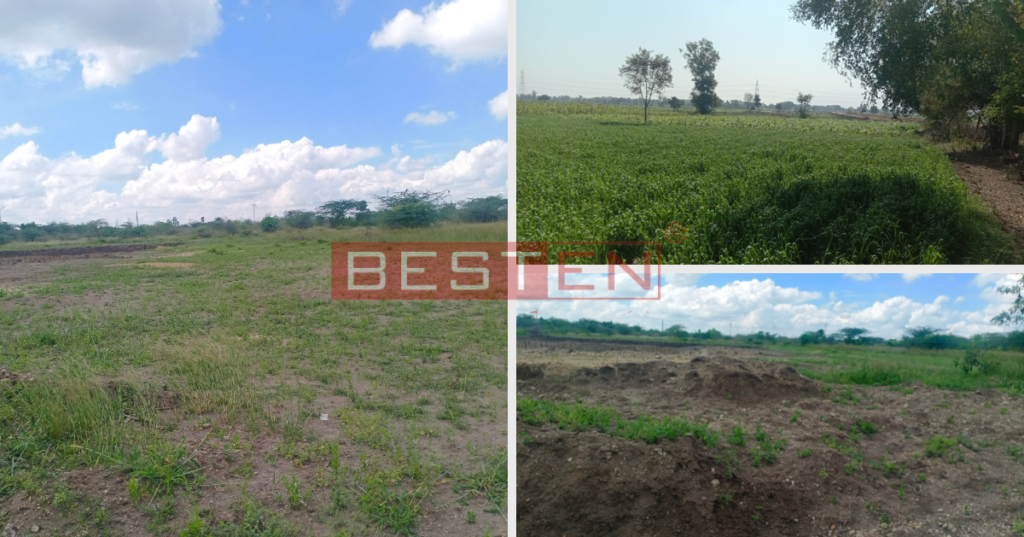How does site selection affect the cost of design of industrial projects?
The selection of a site for a manufacturing facility affects the design of the industrial project, project cost and the process. The architects must research all aspects, including location, demographics, traffic analysis, land suitability, transportation, etc.
Location:
The factory location is chosen after considering the costs and benefits. Additionally, the location should be accessible to the workforce and the raw material suppliers. The site selection is complete after considering production requirements, location contour, soil type, adequacy of the land, plot dimensions etc. A flat terrain site with adjoining road/ roads is suitable for industry. The factory can have entrances and exits based on the man and material traffic. Moreover, a site with good load-bearing capacity is well-suited for factories. The cost for the foundation of a building or a non-building structure is proportionate to the load-bearing capacity.
Neighbouring properties:
It is essential to check whether any of the neighbouring properties. Some manufacturing plants may contaminate through air or water. Furthermore, architects must check for the same too.
Transportation:
Availability of land, sea, rail and air connectivity is an additional feature for any land parcel. Additionally, some industries would prefer to have a siding rail. This feature could improve the transportation of raw materials or finished goods.
Traffic Analysis:
The architects have to work the traffic to the industry and work out if the site is suitable or not
Utilities:
The availability of utilities is another major aspect architects look for while evaluating a site. Moreover, utilities like electricity, gas, fuel, water and other ancillary services may be essential in industries.
Climate:
Climatic conditions like a hot climate and too much humidity may interfere with the process. Architects design buildings near coastal areas are designed with additional protection.
Seismic zone:
Structures are designed based on the seismic zone. A site in a high seismic zone has buildings with structures designed accordingly.
Wind Zone:
Similarly, wind zone affects how structural consultants design industrial projects.
Political and Strategic Considerations:
States and the central government provides incentives for putting up projects. Some locations and products get specific incentives. Furthermore, some industrial areas are clusters for specific products.
Taxation:
Tax exemptions are available at certain locations.
Conclusion
To conclude, the location of a manufacturing plant is essential as it affects how architects design industrial projects. Every factor impacts the project and production cost. Therefore, an appropriate site is critical to a plant’s efficient and economical working.












